About the first of March, we begin to think about starting herbs and some cold weather plants. We can fool Mother Nature just a little bit by planting inside, on a heated mat, under lights. Some herbs take a long time to germinate, so we like to give them a head start. Leeks, onions, lettuce, spinach, and cole crops can tolerate a Spring chill, so they can have an early start. We also can plant directly or move plants into the greenhouse earlier than we can trust things out in the open garden.
When crocus bloom in your yard, it is safe to plant radishes, spinach, and parsnips.....and so on, down the line.
Crocus = radish, spinach, parsnips
Forsythia = peas, onion sets, lettuce
Daffodils = beets, carrots, chard
Dandelions potatoes
Oak Leaves the size of a squirrel's ear = corn
Maple Leaves full = perennial flowers
Quince blossoms = cabbage, broccoli
Apple blossoms = bush beans
Apple blossoms fall = cucumbers
Lilac blooms = squash and flowers
Lily of the Valley = tomatoes
Iris = peppers and eggplant
Peonies = melons
I hope you find that interesting. I know I'll be watching for our perennials and trees to wake up this spring and be ready to give them some companions in the garden.
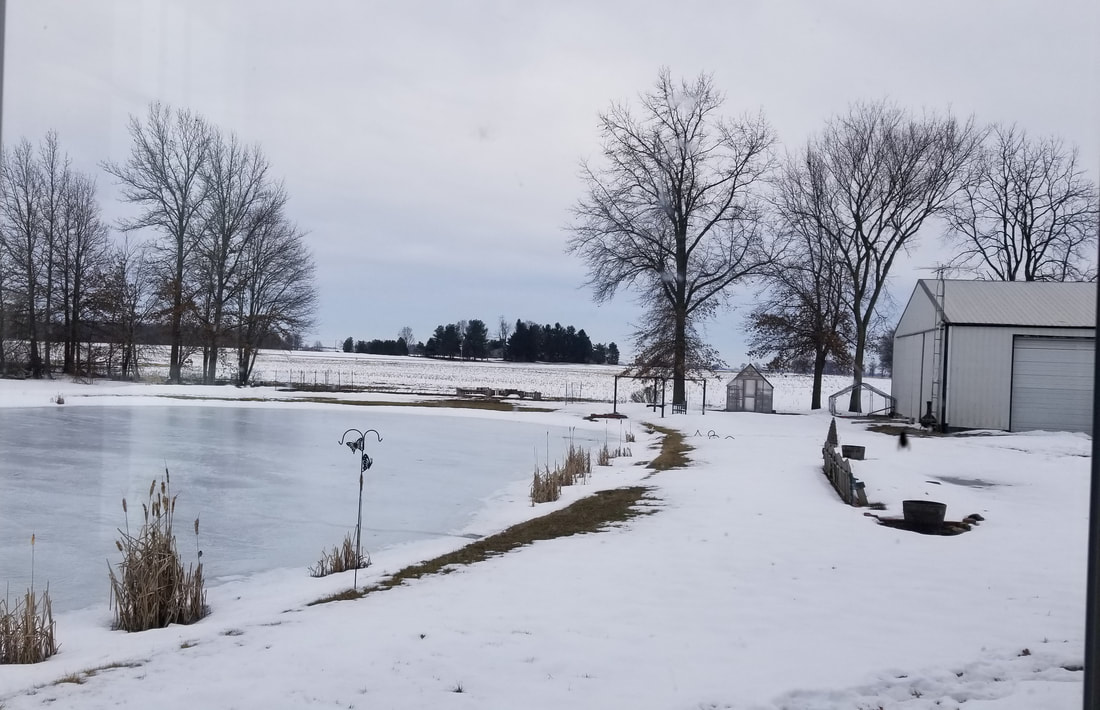

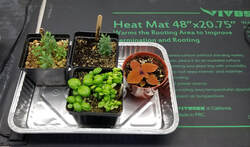

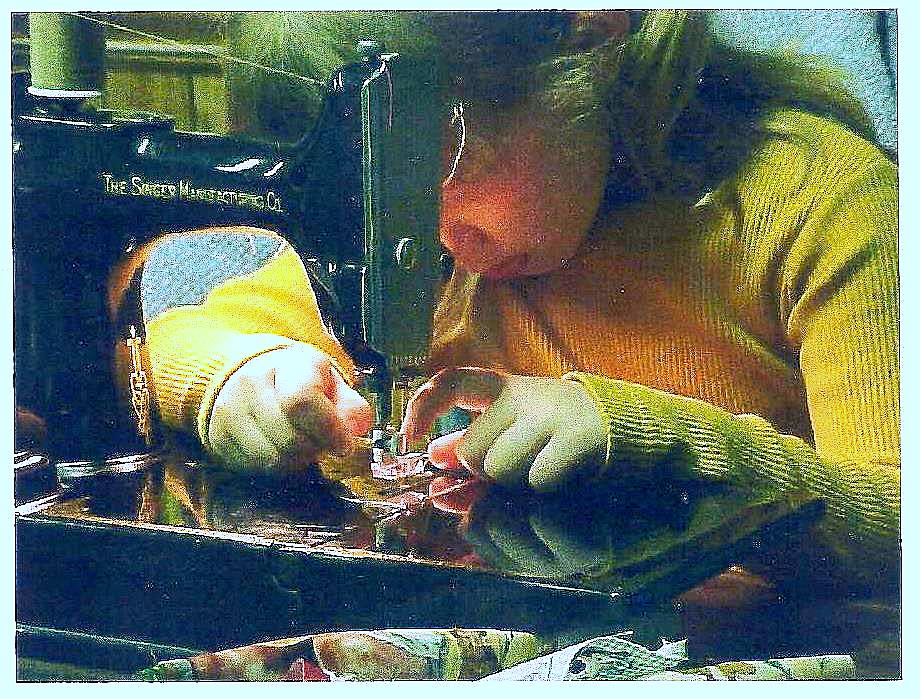
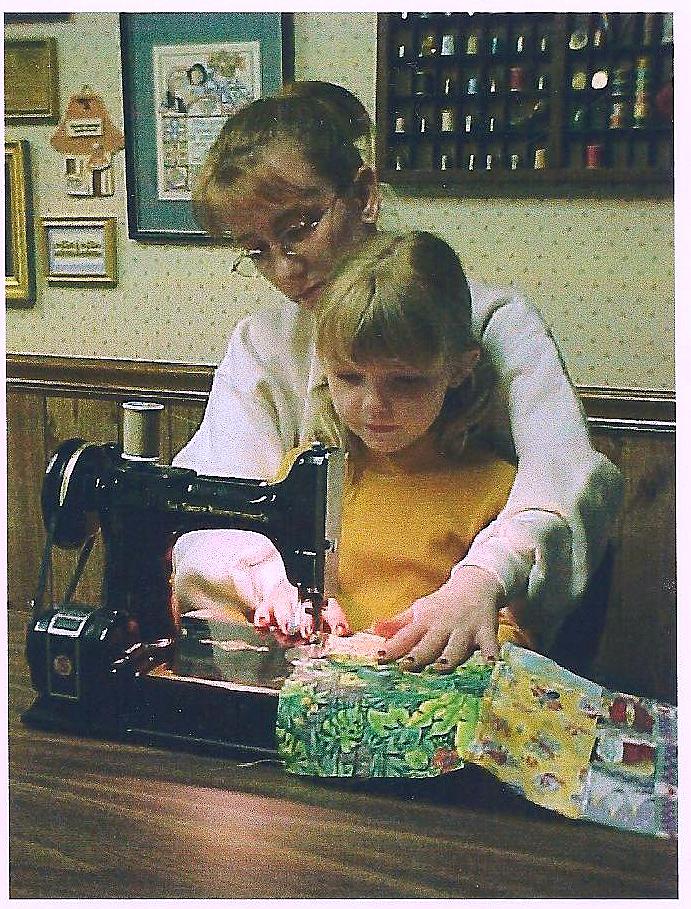
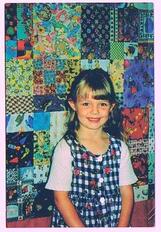
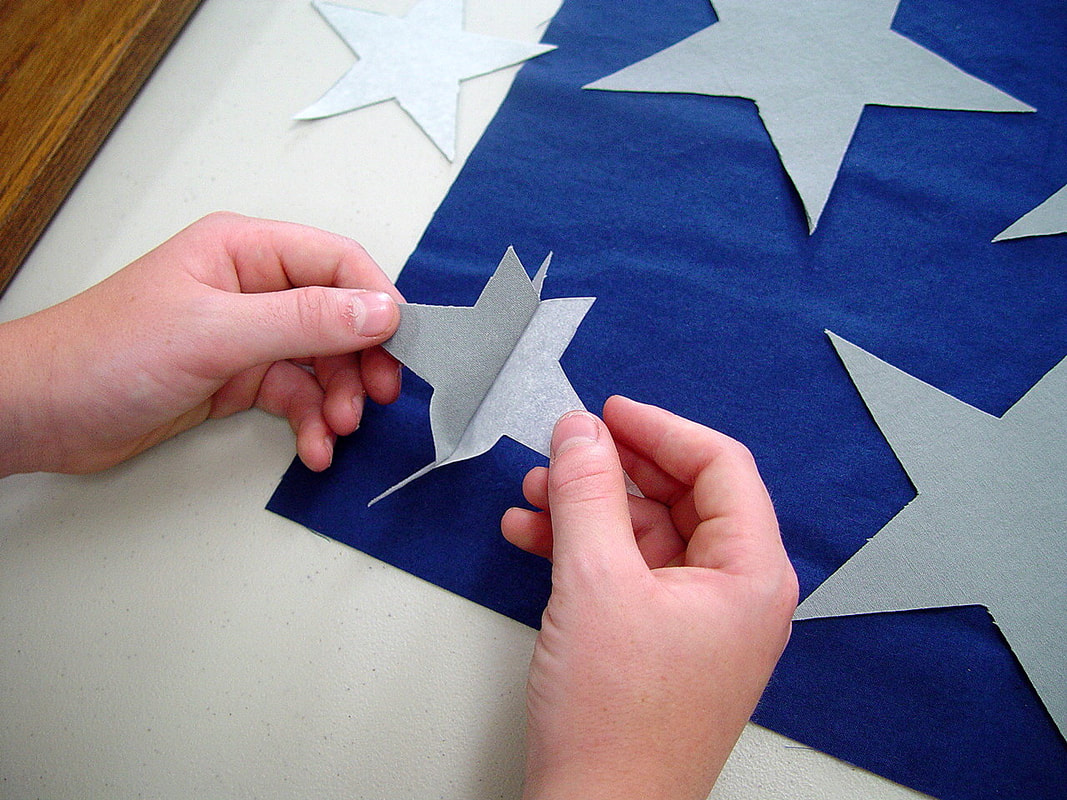
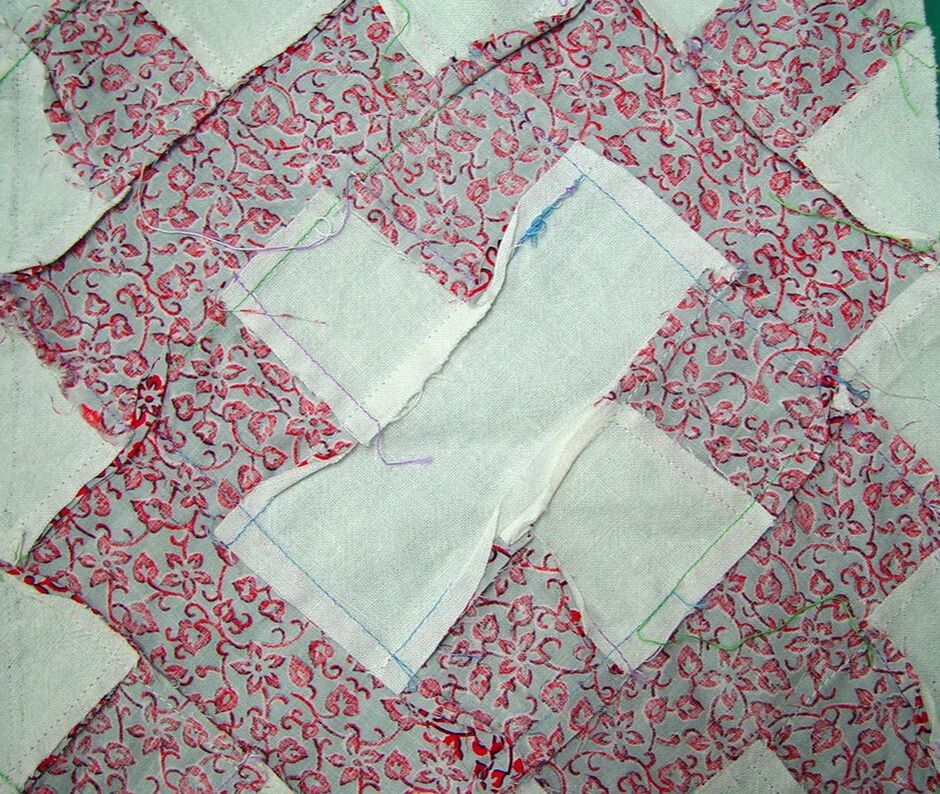
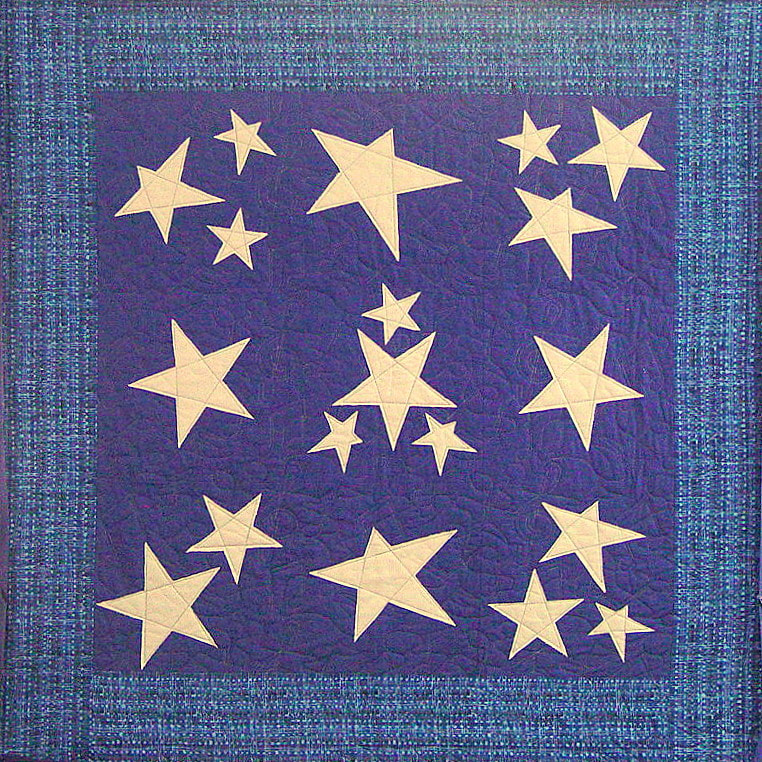
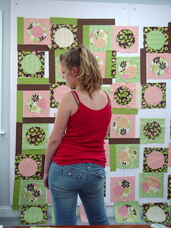
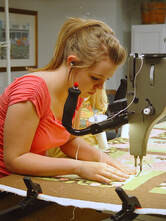

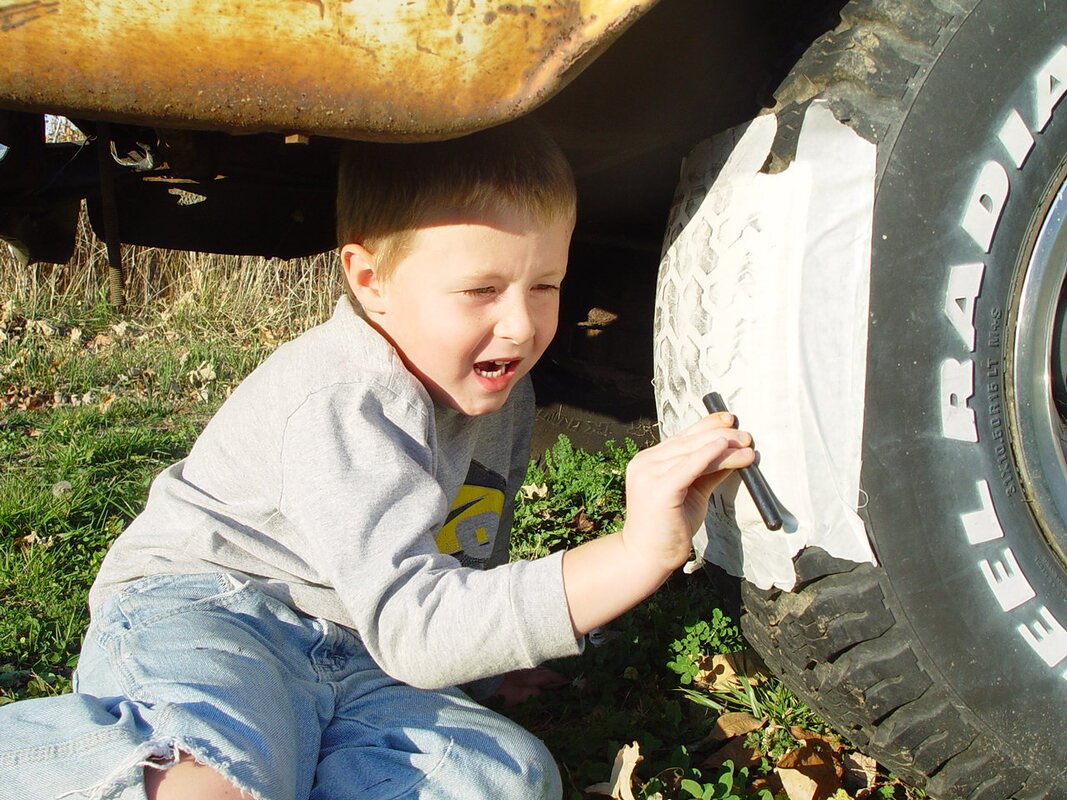
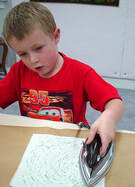
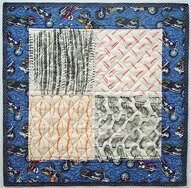
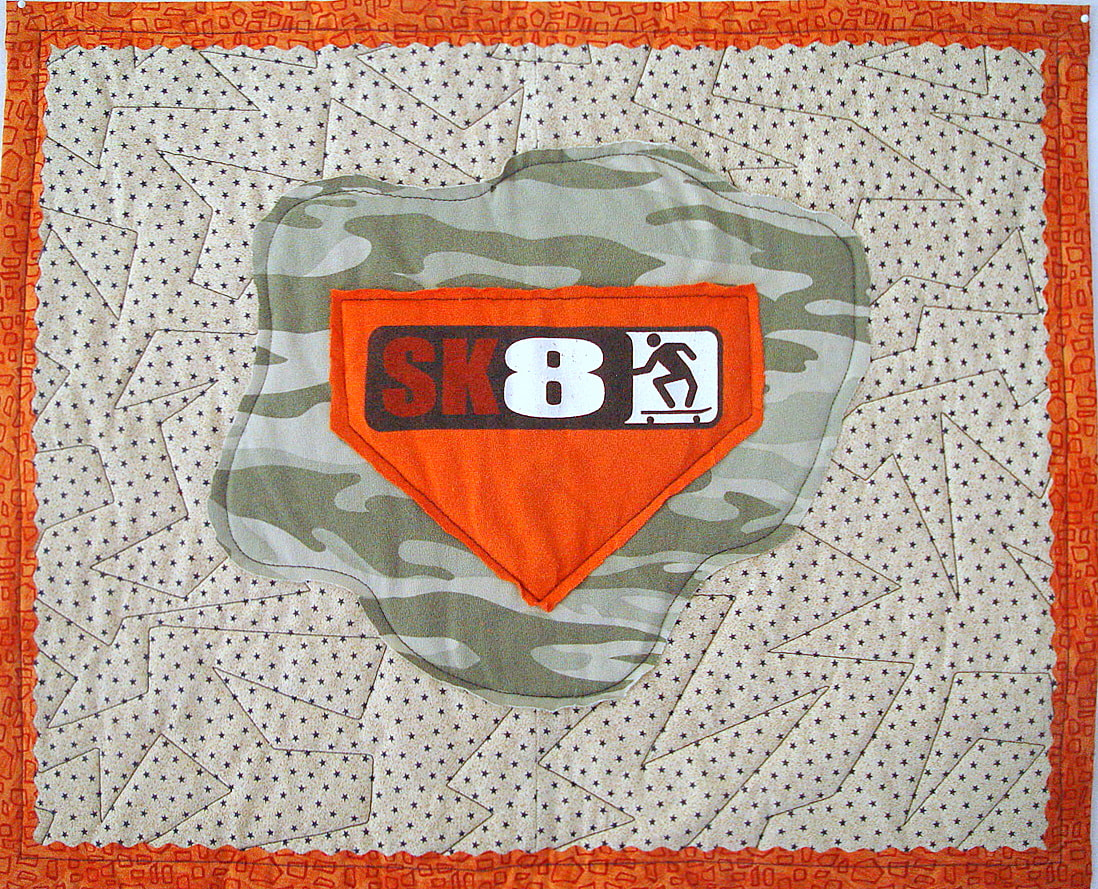
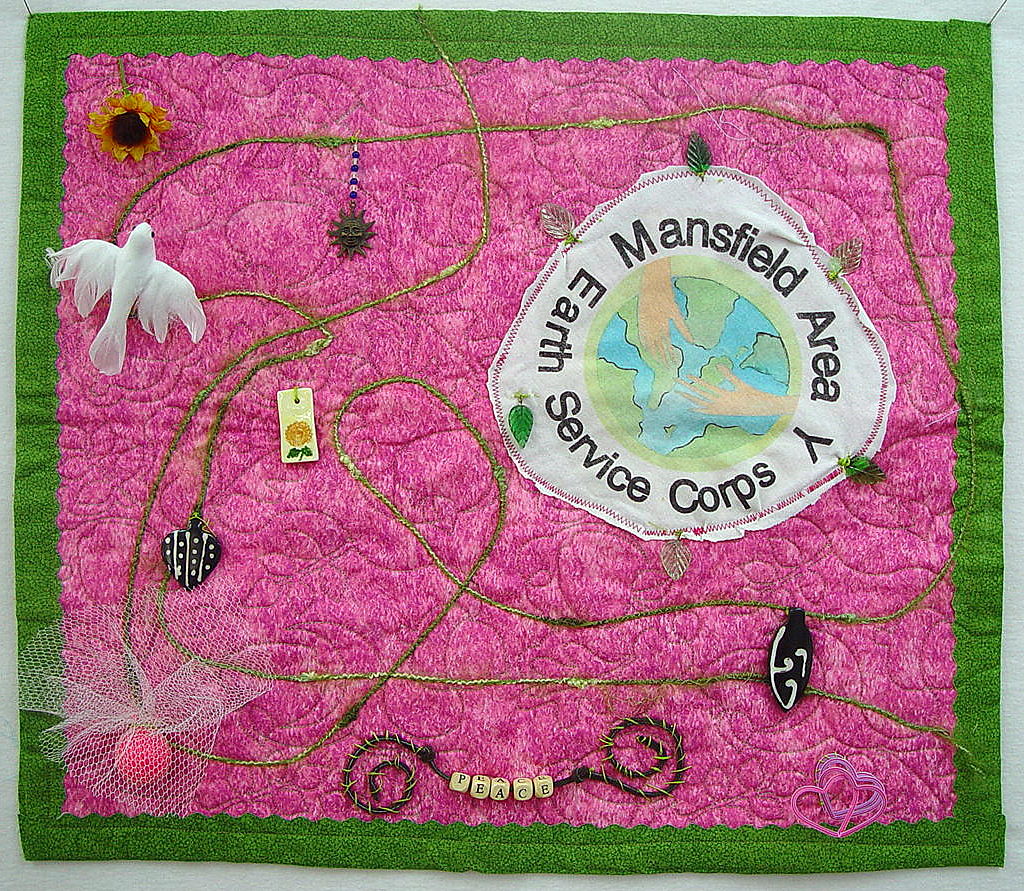
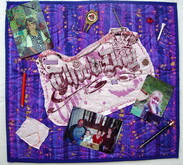
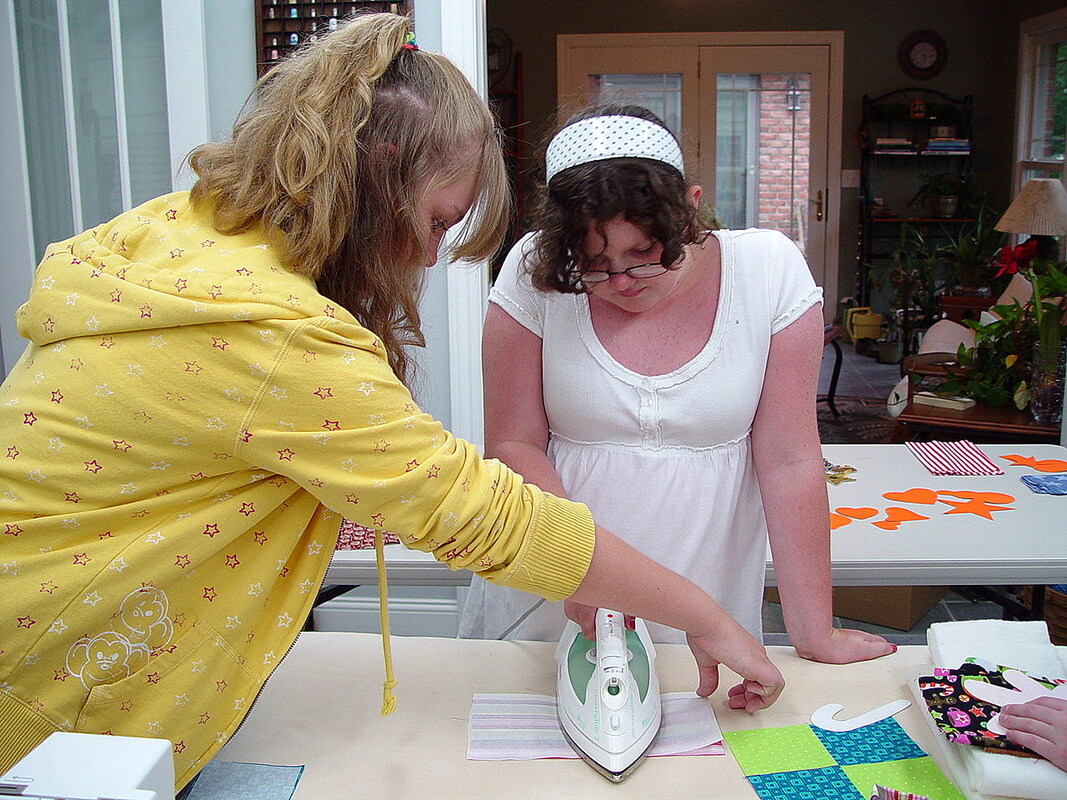
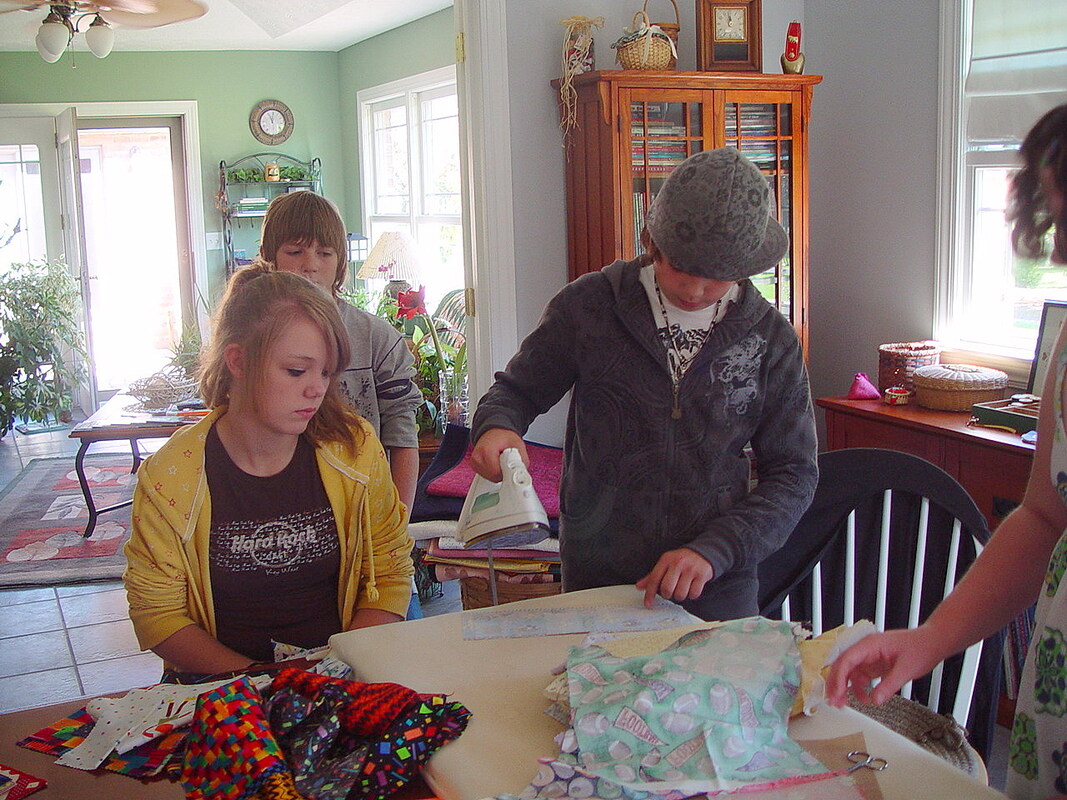
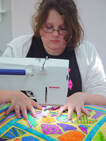
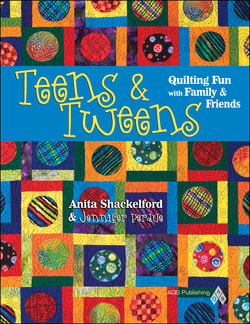
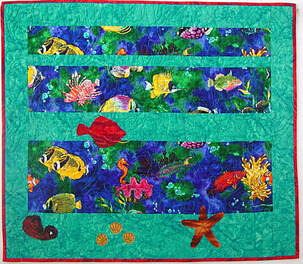
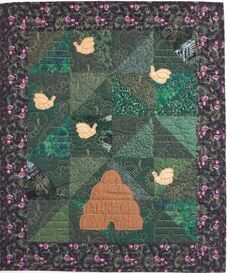
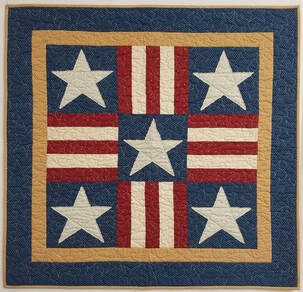
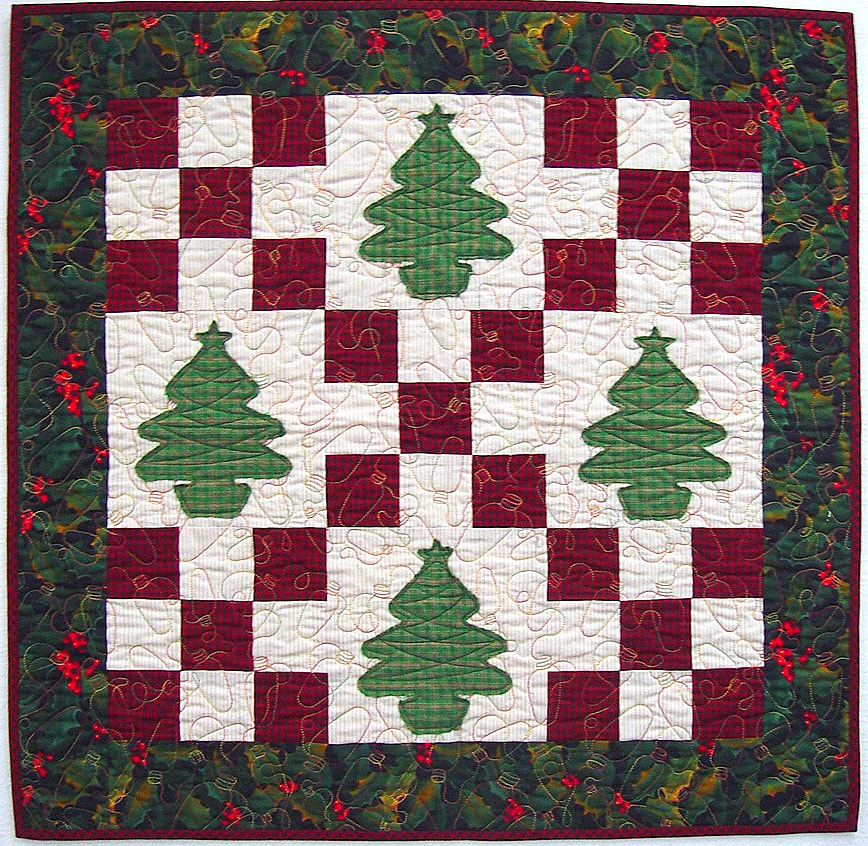
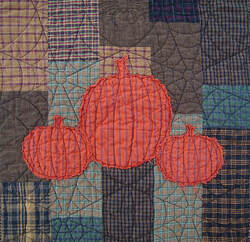
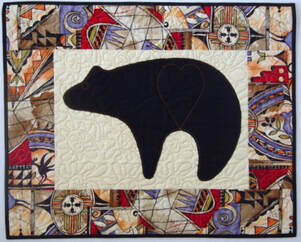
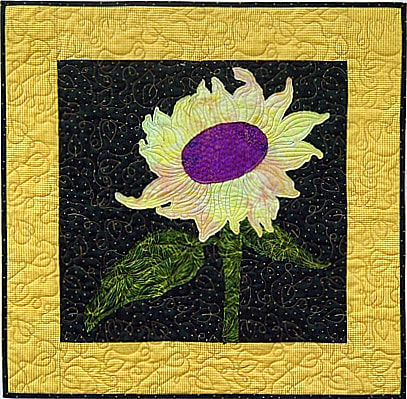
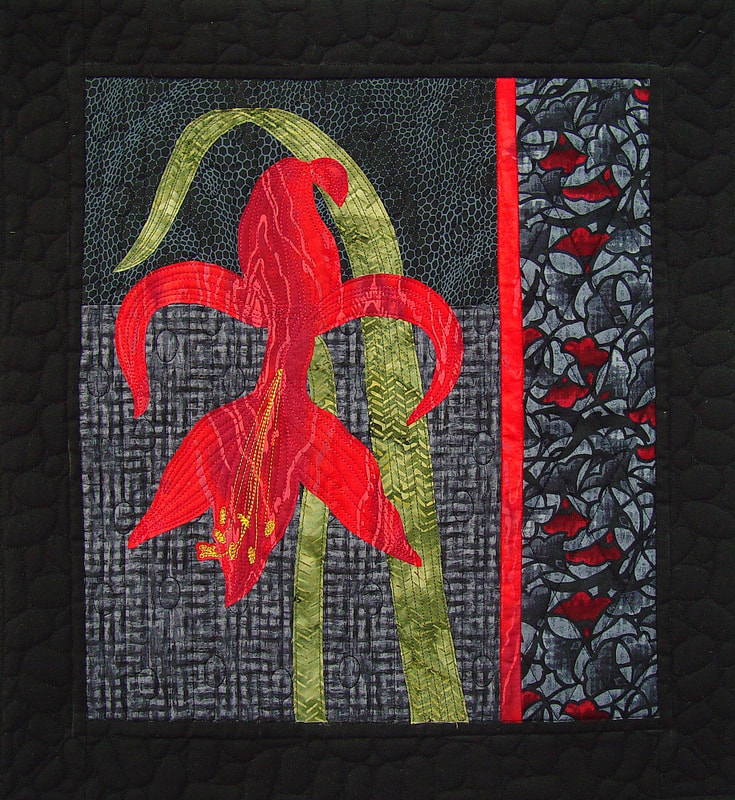
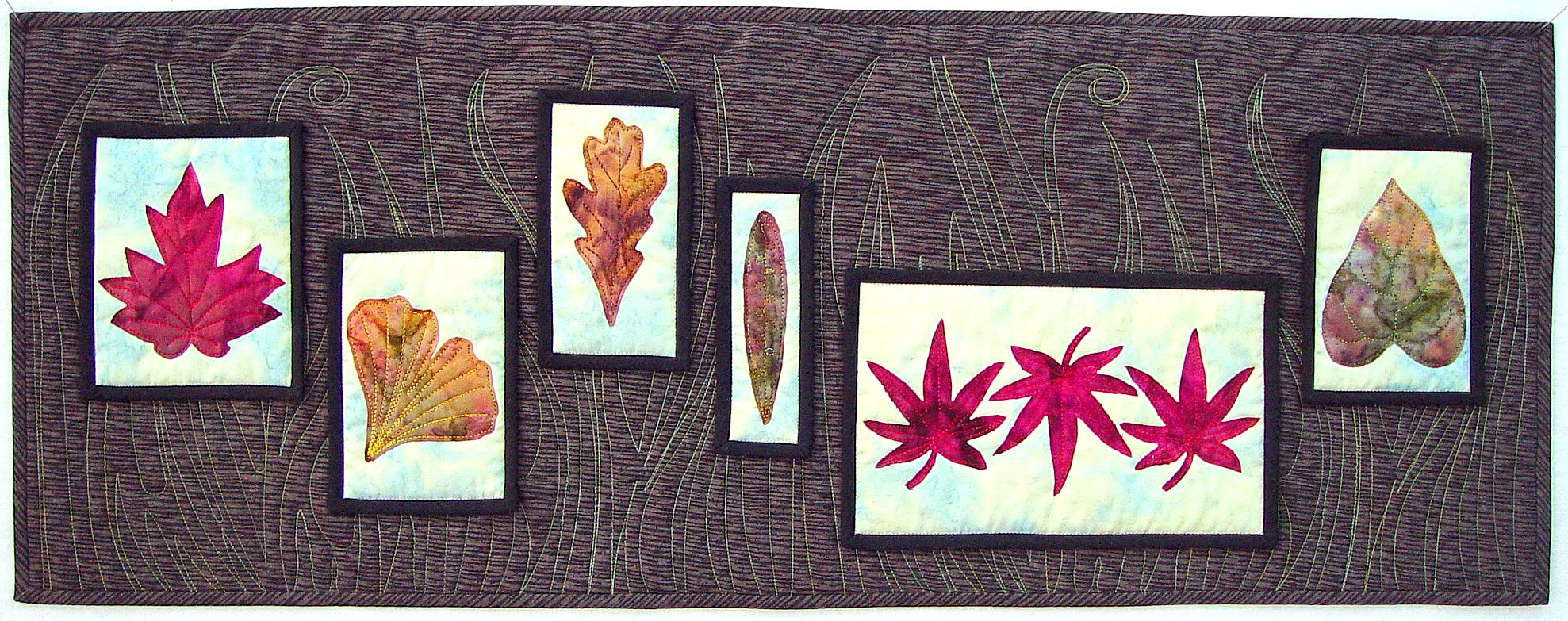
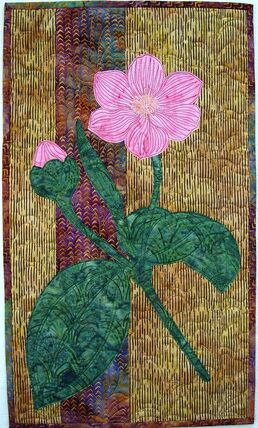
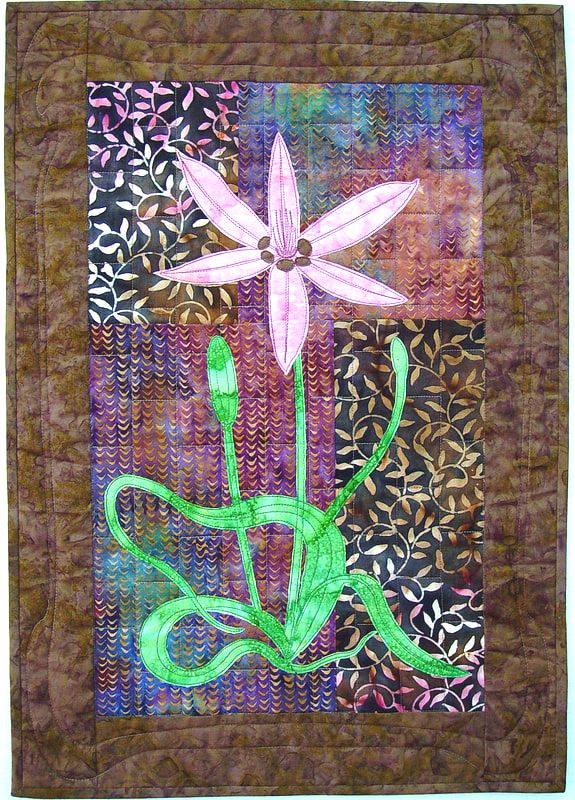
 RSS Feed
RSS Feed